Technology evolves at lightning speed, and some of the most iconic gadgets of the past have been left behind. Devices that once pushed the boundaries of innovation now seem like relics. However, these gadgets had a major impact on the tech world during their prime. Here are some of the most groundbreaking gadgets that no longer exist but once revolutionized how we live and interact with technology.
Apple Newton
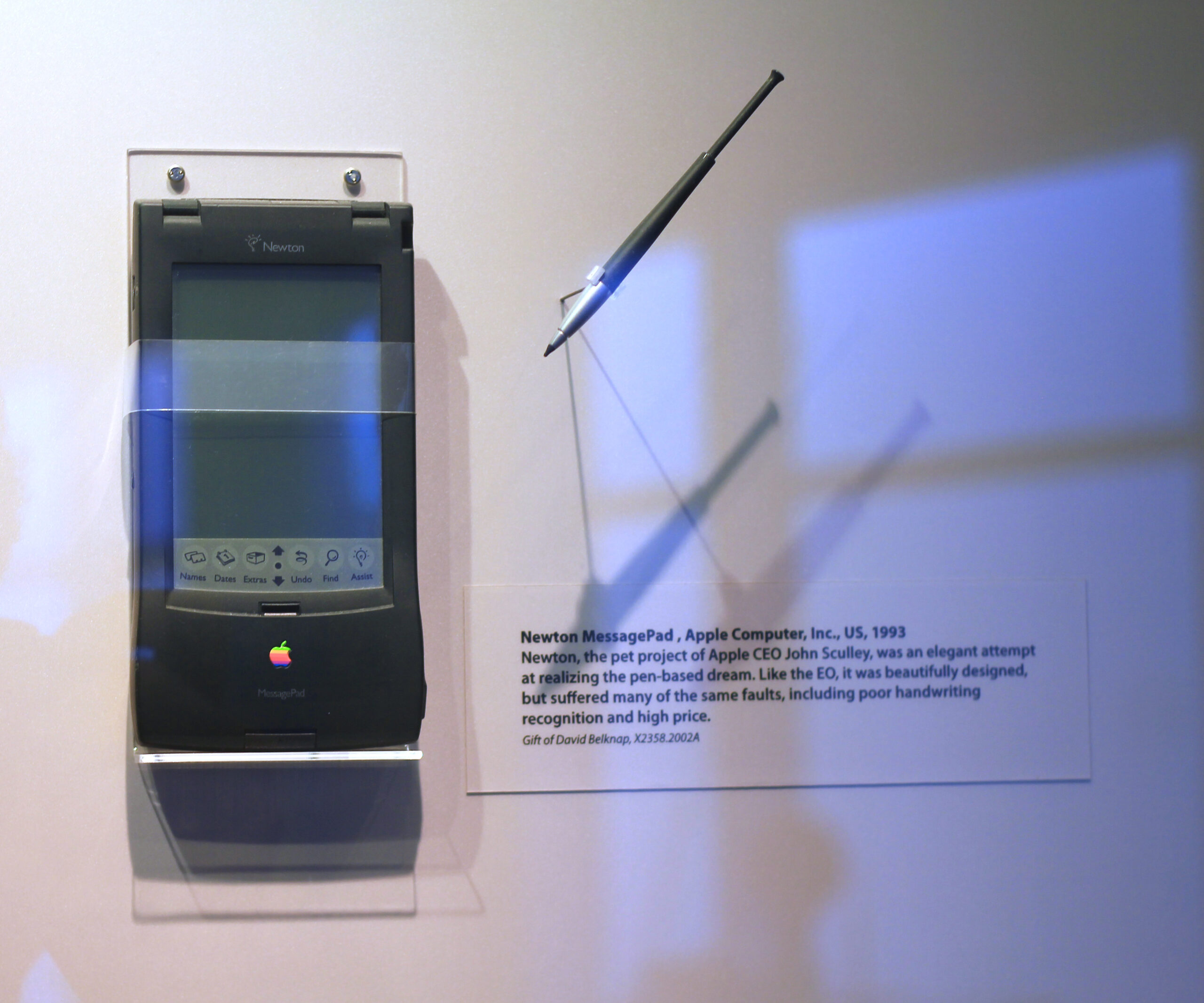
The Apple Newton, launched in 1993, was one of the first personal digital assistants (PDAs). It introduced handwriting recognition software, though not always reliable. Priced at around $700-$1000, depending on the model, it was a luxury item. Despite its forward-thinking design, the Newton struggled to gain a mass following due to its high price and early software flaws. However, its concept paved the way for future Apple devices, influencing the development of iPhones and iPads. Even today, it remains a symbol of Apple’s willingness to push boundaries.
Sony Walkman
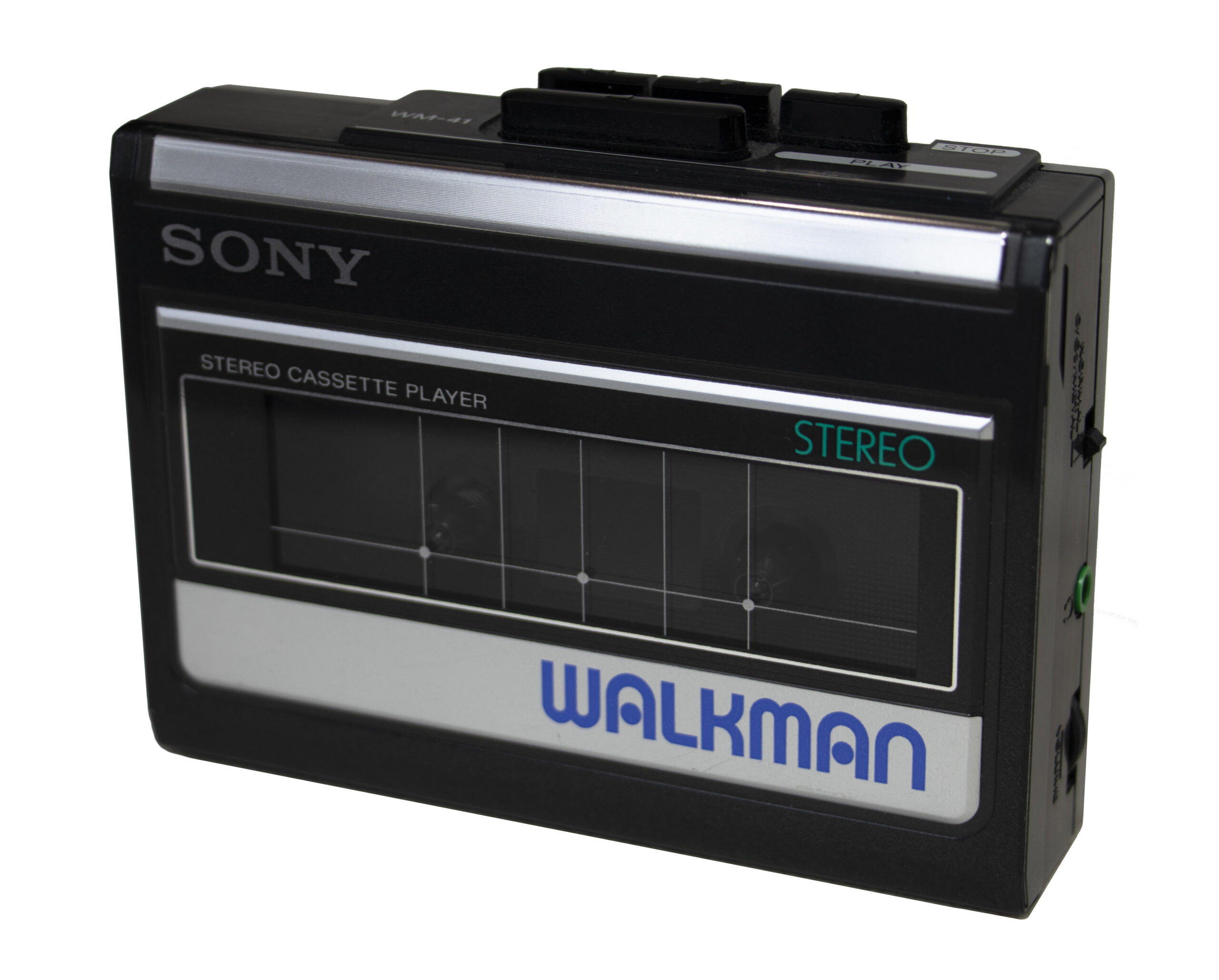
The Sony Walkman revolutionized how people listened to music when it debuted in 1979. It allowed users to carry their favorite cassette tapes anywhere, transforming music into a portable experience. Initially priced at $150, the Walkman was not cheap, but its appeal was undeniable. It quickly became a cultural phenomenon, lasting through various iterations before digital music players took over. The Walkman’s success solidified Sony’s reputation as a leader in electronics and changed personal audio forever.
PalmPilot
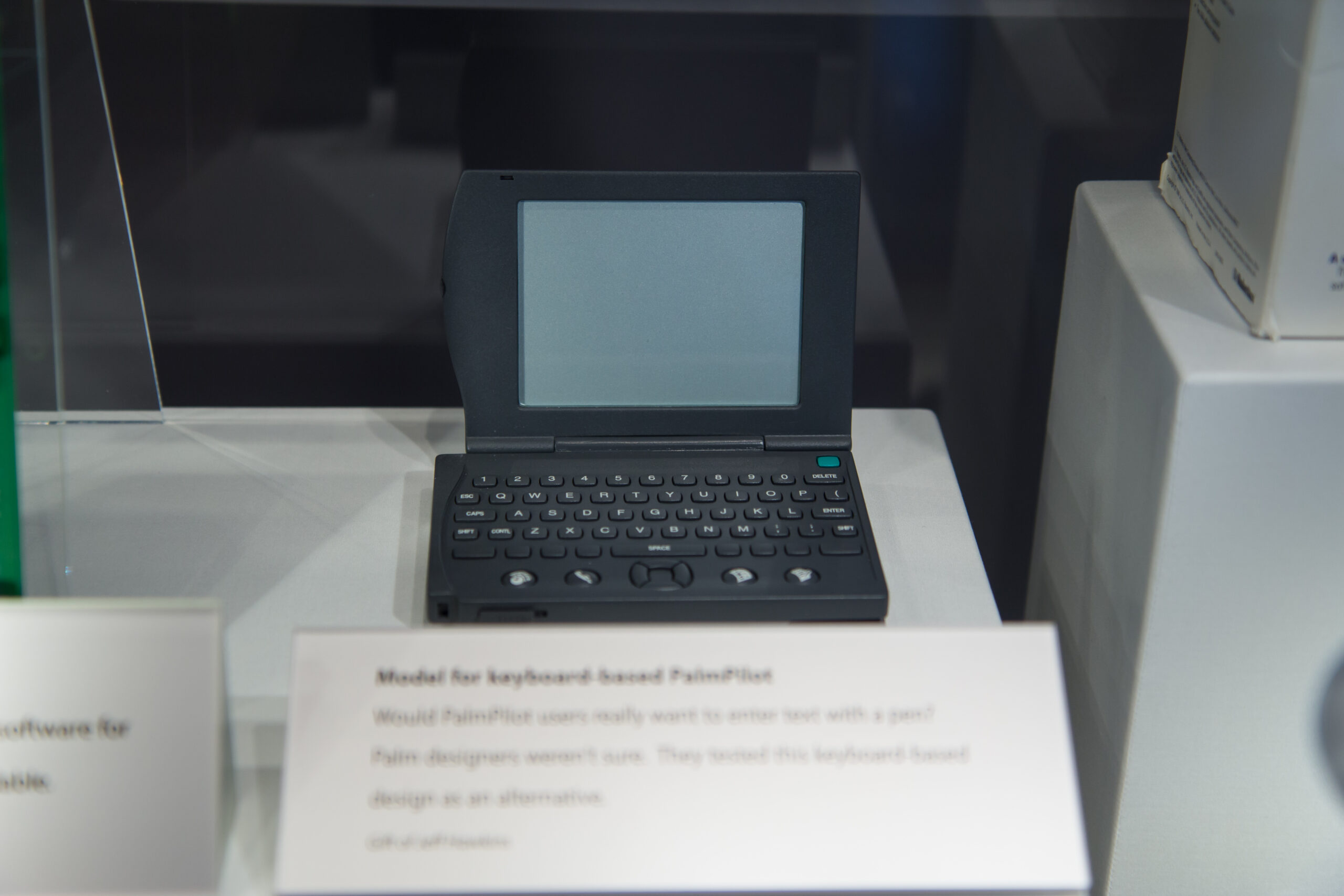
Introduced in 1996, the PalmPilot was a game-changer in the PDA market. This small device fit in your hand and stored contacts, notes, and schedules, making it invaluable for professionals. At $299, it was relatively affordable and accessible for many consumers. The PalmPilot’s intuitive interface and ability to sync with a desktop computer made it a favorite among early adopters of mobile technology. Though it eventually became obsolete, it laid the groundwork for modern smartphones and productivity apps.
BlackBerry Bold

Once the go-to smartphone for business professionals, the BlackBerry Bold hit the market in 2008. Known for its tactile keyboard and secure email services, the Bold quickly became a corporate must-have. Initially priced around $400-$500, the phone dominated the business world until touchscreen smartphones began to rise. Its encryption technology made it popular with governments and enterprises, but as apps and consumer demands shifted toward touchscreen devices, BlackBerry’s appeal faded. Still, the Bold was a symbol of efficiency and security in its heyday.
Betamax VCR
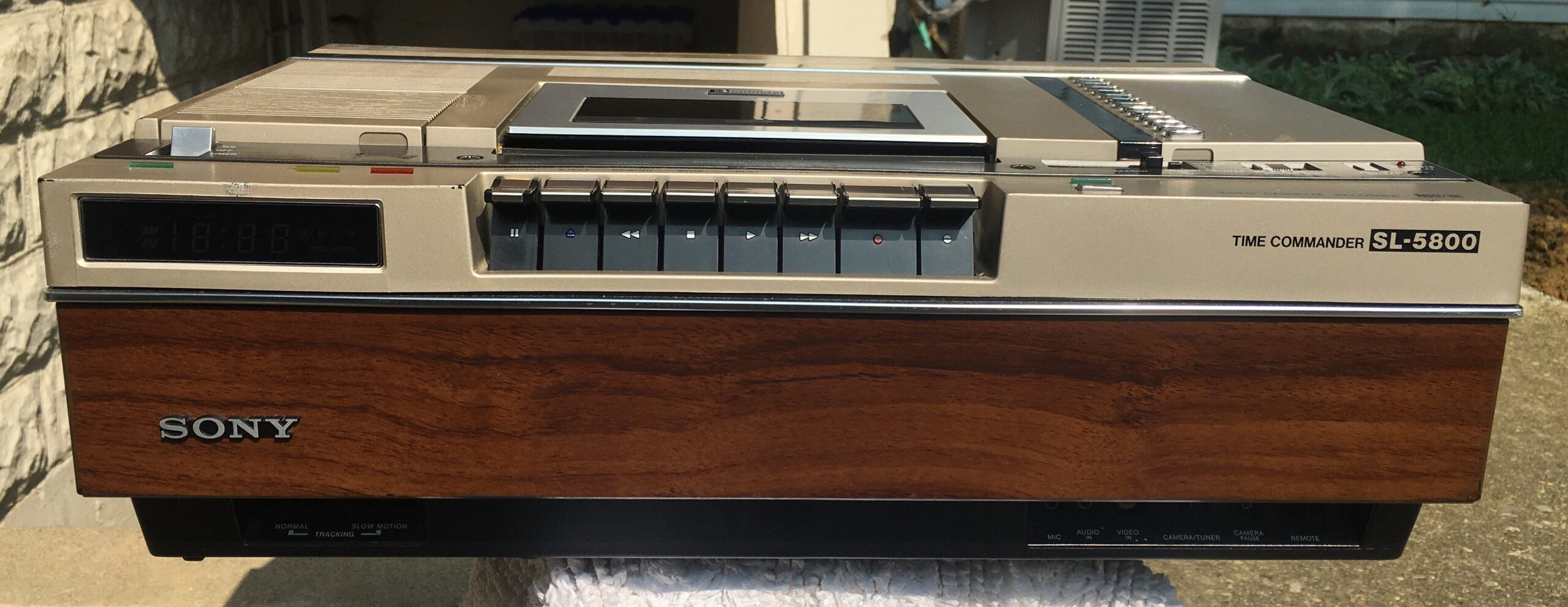
Sony’s Betamax, released in 1975, was one of the first home video recorders. It offered better picture quality than its rival, VHS, but the tapes were shorter, and the system was more expensive, costing around $2,000 initially. Despite its superior technology, Betamax lost the format war due to VHS’s longer recording time and cheaper production costs. Though Betamax eventually disappeared from the consumer market, it set the stage for the home entertainment systems we use today.
LaserDisc Player
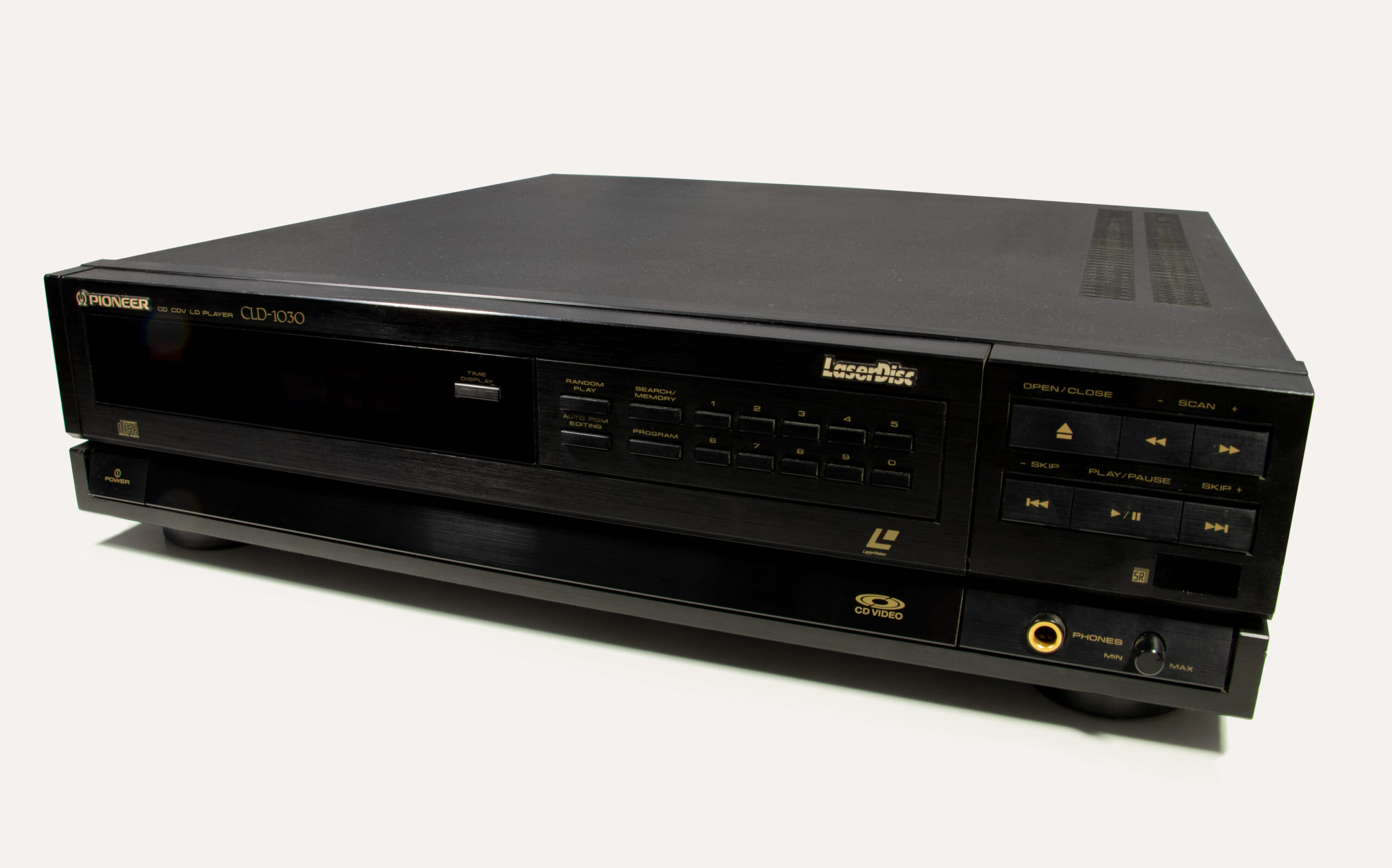
The LaserDisc Player, launched in 1978, was the first optical disc format used for video storage. It provided superior picture quality compared to VHS and Betamax but was costly, with prices ranging from $1,000 to $1,500 for the player and $40 to $100 for individual discs. Its large size and high cost meant it never achieved mass-market success. However, it laid the groundwork for later formats like DVDs and Blu-ray, making it a crucial step in the evolution of home video technology.
Commodore 64
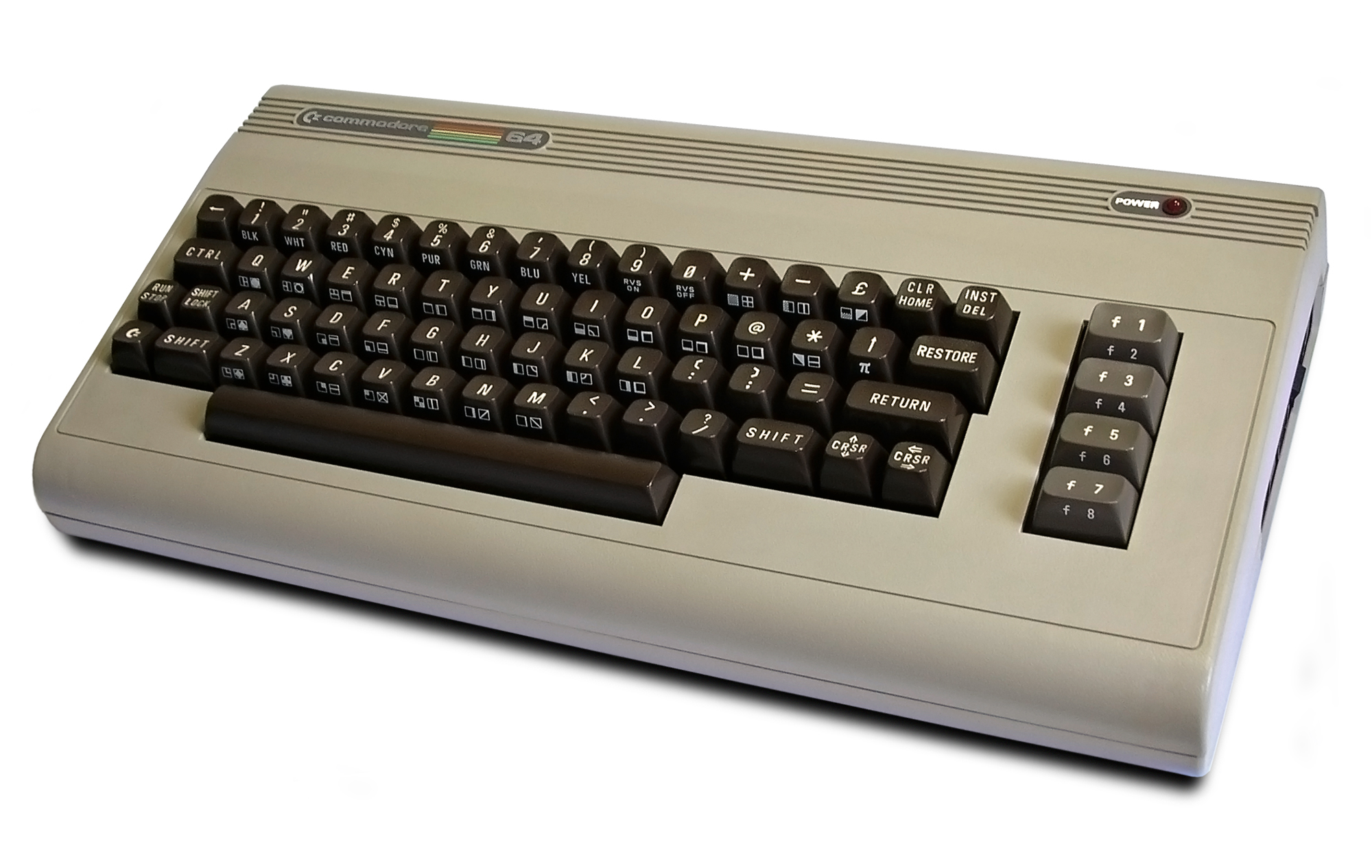
The Commodore 64, introduced in 1982, remains one of the best-selling personal computers of all time. Priced at $595 at launch, it offered a full keyboard, color graphics, and sound, making it a favorite for gamers and hobbyists. The Commodore 64 stood out due to its affordability and versatility, and it eventually sold millions of units worldwide. Its influence on the gaming industry and home computing is undeniable, with many early video games and programming languages first appearing on this machine.
Sega Dreamcast
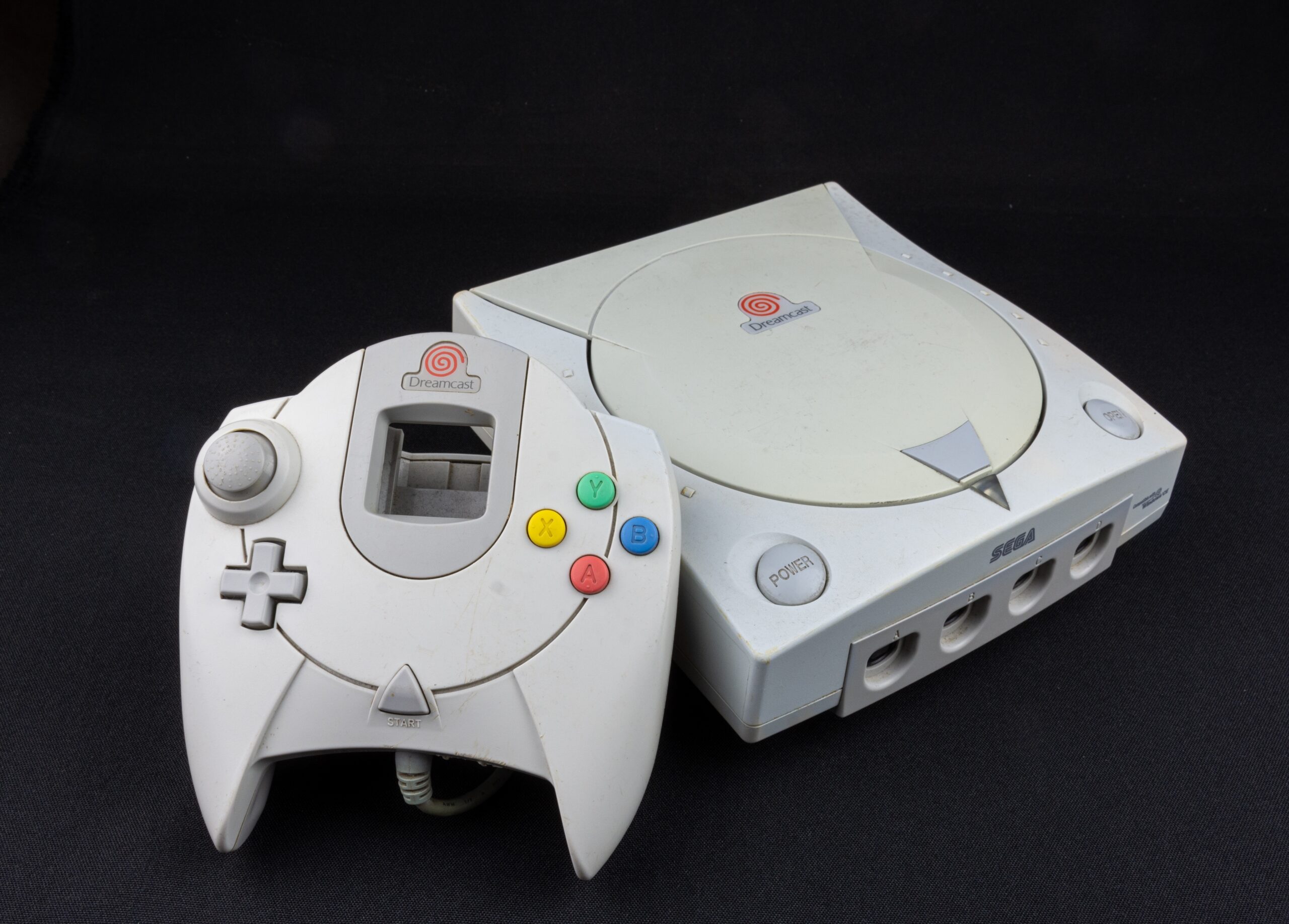
Sega’s Dreamcast, released in 1999, was ahead of its time. Priced at $199, it featured online capabilities and introduced many innovations, including a built-in modem for internet gaming. Despite being technologically advanced, the Dreamcast struggled to compete against the PlayStation 2, which boasted a stronger marketing campaign and a built-in DVD player. Its early discontinuation in 2001 marked Sega’s exit from the console market, but its legacy lives on in gaming culture.
Microsoft Zune
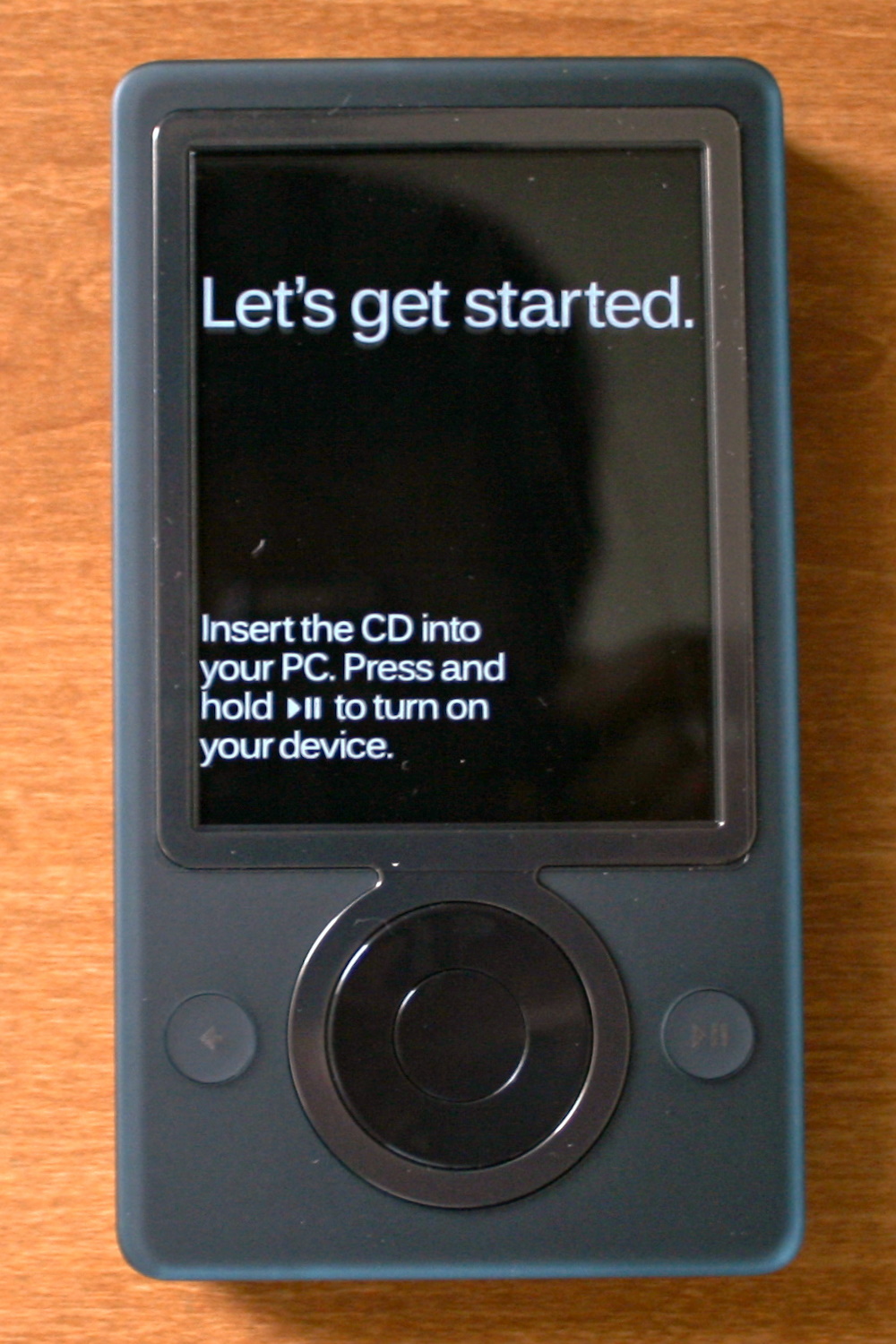
Launched in 2006, the Microsoft Zune aimed to compete with Apple’s iPod. Priced at $250, it offered a solid music-playing experience with a sleek design and a 30GB hard drive. While the Zune had its loyal fans, it couldn’t shake the dominance of the iPod, which had a much larger ecosystem of music and apps through iTunes. Microsoft eventually discontinued the Zune in 2011, but its influence can still be seen in the development of later Microsoft entertainment products like Xbox Music.
Atari 2600
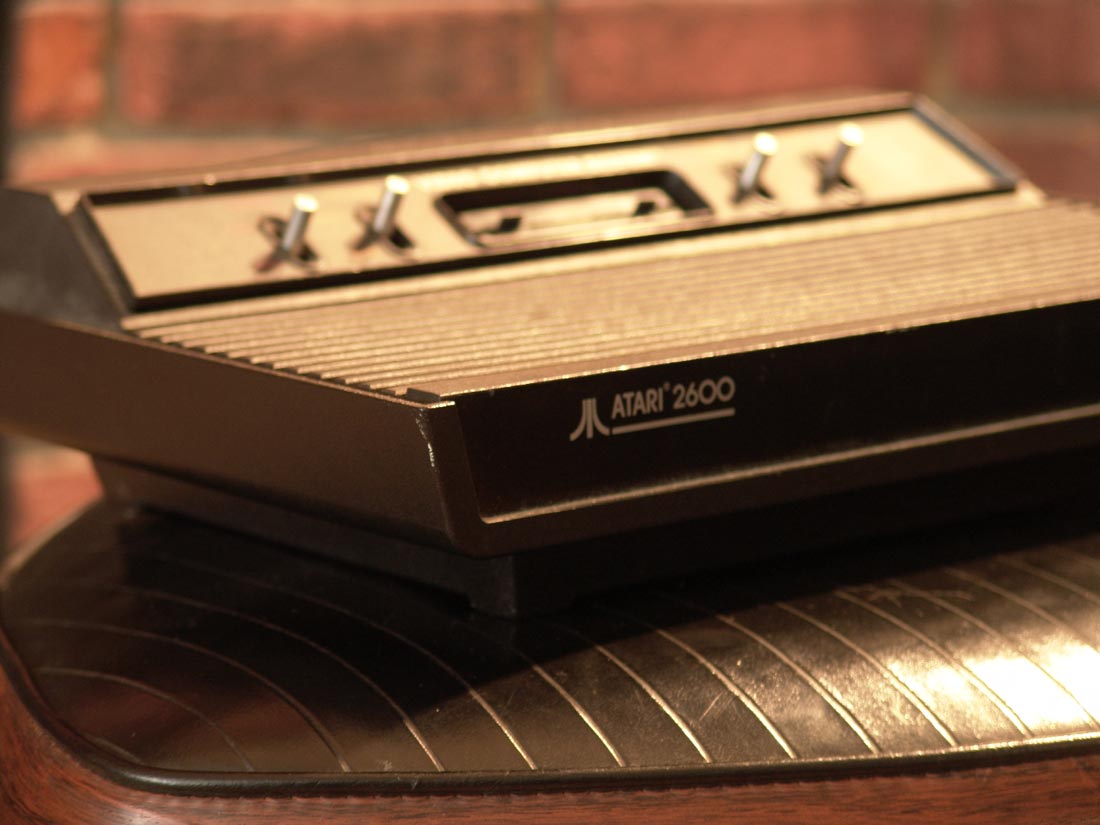
The Atari 2600, released in 1977, is considered one of the pioneering gaming consoles. Priced initially at $199, it introduced video games to a wider audience and is credited with popularizing the concept of home gaming. The simple graphics and joystick controller provided endless hours of entertainment, with classic titles like Pac-Man and Space Invaders. Though the console became obsolete as technology advanced, its impact on the video game industry remains significant. It set the stage for the massive growth of home gaming consoles.
This article originally appeared on Rarest.org.
More from Rarest.org
10 Oldest Buildings in America

America is home to some of the oldest buildings that still stand strong today. These structures offer a glimpse into the country’s deep history. Read More.
18 Pioneering Space Exploration Milestones That Seemed Impossible

Space exploration has always captured the imagination of people across the globe. Read More.
13 Largest Freshwater Fish in the World

Freshwater fish can grow to incredible sizes, with some species reaching lengths and weights that rival their ocean-dwelling counterparts. Read More.
